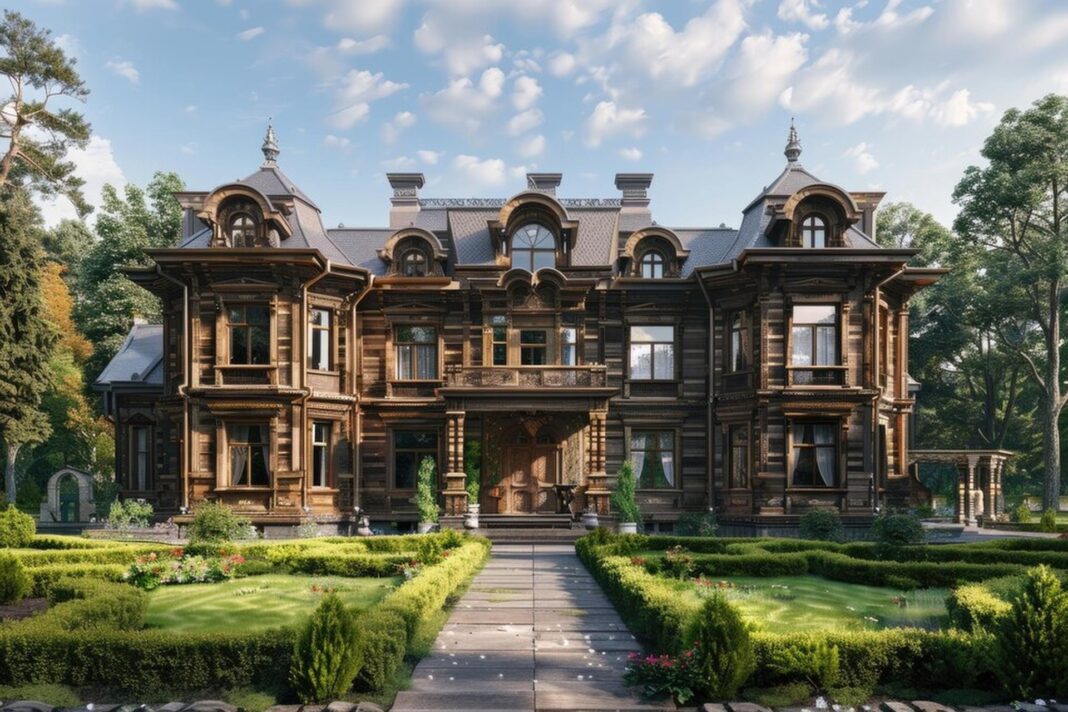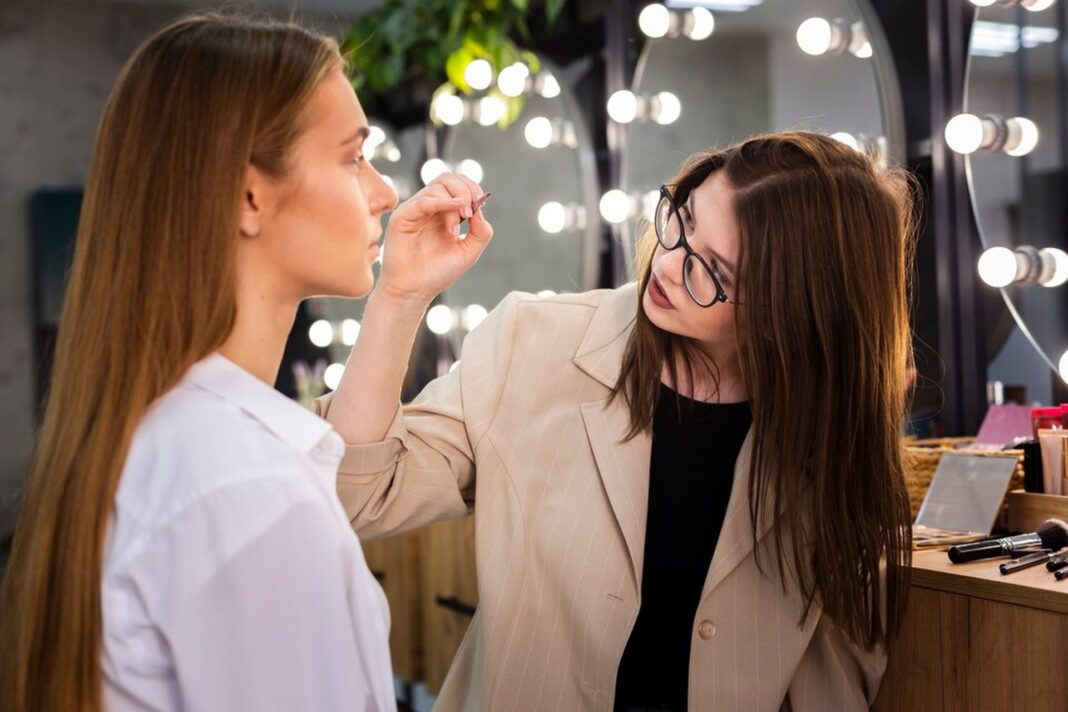Royal palaces have always fascinated people. These beautiful structures symbolize the global monarchy’s strength and majesty. These buildings‘ progression reveals history, culture and art. Palaces reveal their inhabitants‘ tales via their beauty and complexity. Palace life has particular customs and expectations. Technology is crucial to palace administration and royal life nowadays. Many estates now prioritize sustainability. Royal families‘ homes and legacies are shaped by their history.
The Evolution Of Royal Residences
Through the ages royal homes have changed. They started as protective fortifications. These dwellings‘ architecture developed with society. Castles and fortifications became luxurious palaces displaying riches and power. Renaissance architecture was more ornate and opulent. This time I valued beauty and usefulness.
The 18th and 19th centuries saw royal homes change with preferences. Designs inspired by neoclassicism were symmetrical and elegant. Technology improved building methods allowing for bigger more sophisticated rooms. Many royal homes have maintained historical relevance while adapting to modern demands in recent decades. Their beauty is preserved via restoration programs for future generations.
Royal homes evolve with society and architecture. Each palace reflects the ideals and ambitions of its period. Many residences now host governmental occasions as well as houses highlighting their relevance in contemporary society.
Exploring The Architectural Beauty Of Palaces
Palaces are architectural marvels that reflect their civilizations. These enormous constructions typically mirror the art of their time. Detailed carvings, large gardens and opulent interiors make a magnificent and historically important experience.
Palaces like baroque ones stress drama and grandeur. With its lush gardens and elaborate embellishments Versailles epitomizes this style. Neoclassical buildings like Buckingham Palace promote order and reason with their symmetry and proportion. Eastern palaces like the Taj Mahal combine culture and art.
Royal architecture is also modernized with clean lines and creative materials. Palatial art blends historical importance with current usefulness. These royal residences‘ exquisite beauty and workmanship amaze visitors.
Explore palace architecture to discover history and culture. These mansions are emblems of power and personality because each architectural decision tells a narrative. Palace architecture, baroque or contemporary, continues to impress.
Daily Life Behind Palace Walls
Palace life has its own rules. Despite appearances, everyday routines are generally centered on formal duties. Royals must reconcile public and private life with responsibility. The crew works hard behind the scenes to keep everything running properly.
Royal life revolves around formal gatherings which need a meticulous arrangement. The royal schedule includes ceremonies, receptions and state banquets. These ceremonies emphasize etiquette and procedure emphasizing royal obligations. Palace walls also host family gatherings and recreation.
Royals are actual individuals with personal ties despite the rigorous framework. Maintaining familial links is vital for lineage preservation. Palace life is unique because of the balance between personal and public life.
Palace life blends tradition and modernity. Royals represent their country’s history and culture. Their dwellings shape their public image and private reality by hosting important and ordinary activities.
The Role Of Technology In Modern Royal Living
Technology has changed royal life and household management. Innovations have improved palace operations, improving communication and organization. Many royal estates include smart home systems for comfort and security.
Royal engagements have complex schedules but digital technologies simplify event preparation. The royals utilize social media to actively communicate with the public about their activities and concerns. The monarchy and the public feel more connected with this openness.
With technology comes privacy and security concerns. Royals must balance personal safety with global connectivity. Cybersecurity is a priority to secure sensitive data.
Modern monarchies‘ environmental responsibilities are shown by their use of sustainable technology. Renewable energy and clever waste management illustrate the royals‘ changing values.
Technology helps and hinders royal life. Monarchies must balance tradition and progress to survive. Technology in royal life shows a dedication to development and tradition.
Sustainable Practices In Royal Estates
Sustainable techniques are spreading to royal estates. Environmental concerns are driving many to lessen their ecological impact. Energy efficient remodeling and palatial organic farming are examples. These behaviors show dedication to environmental health.
Solar panels and wind turbines are installed on certain estates. These installations are useful and express the monarchy’s interests. Eco friendly landscaping minimizes chemical fertilizers and increases biodiversity.
Water conservation has been implemented. Rainwater collecting and drought resistant plants protect ecosystems. Royals encourage local craftspeople and companies stressing sustainability in their purchases.
Education is key to sustainable existence. Royals may encourage greener living by holding environmental events. They inspire public sustainability initiatives.
Royal estate sustainability shows a forward thinking tradition. New procedures illustrate the monarchy obligation to future generations. These attempts demonstrate that royal homes may promote sustainability.
Family Heritage And Its Impact On Residences
Family heritage shapes royal palaces. All generations put their imprint on ancient properties. The architecture and design reflect previous residents‘ ideals and likes. Many royals value maintaining their houses‘ past.
Family traditions shape how each home is used. Events and ceremonies frequently use traditional methods to connect with the past. Heritage and art link modern generations to their forebears.
Multiple generations are difficult to house. The royals must manage a complicated familial dynamic. Choosing between personal preferences and historical importance demands thinking. Renovations typically preserve the original design while updating it.
The effect of family legacy goes beyond buildings. It shapes royal duties. Understanding their heritage instills obligation and pride. Royals frequently feel obligated to honor their family via charity and public service.
Royal houses are enhanced by family history. History and modernity create a distinct environment. Each royal residence reflects its ancestors and their past.
How Do Royals Balance Tradition With Modern Living?
The royal balance between tradition and modernity is tricky. Adapting to modern culture while maintaining old habits is difficult. Royals manage public and family expectations. Their jobs are complicated by the urge to maintain traditions while adapting.
Engagements typically include both worlds. To attract modern audiences formal events may include modern aspects of traditional rites. Public appearances may incorporate social media interactions merging traditional and modern communication approaches.
Family dynamics affect this balance. Younger generations may want change while older ones value tradition. This interaction might lead to arguments regarding royal obligations‘ future and public perception.
Royal homes demonstrate this equilibrium. Restoration protects history while new upgrades meet demands. Royals may keep engaged with society without losing their history because of technology.
Royals must balance tradition and modernization. It demands reflection on the past and present. Adaptability while recognizing origins characterizes current royal life.



